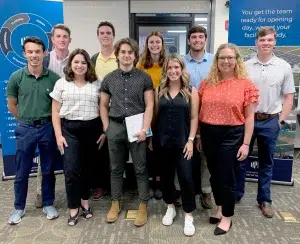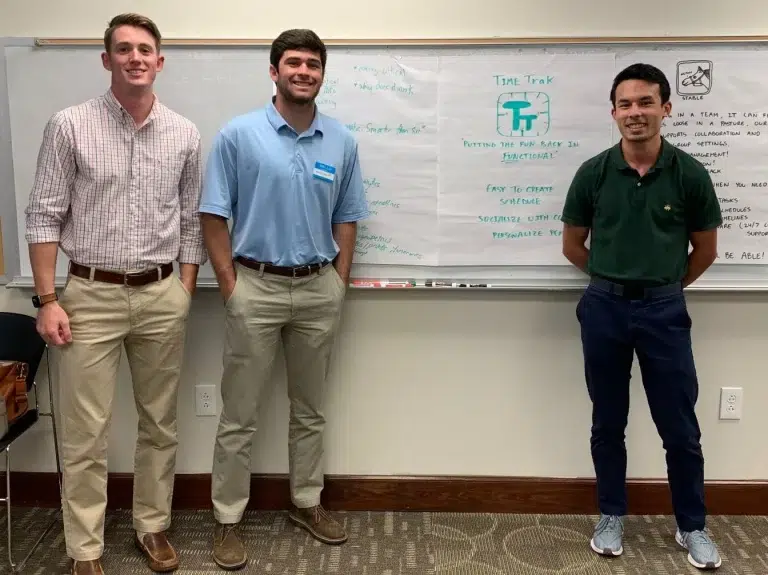By Vinson Chapman, Vice President, Construction Audit & Advisory Services
Auditing construction contracts can be complex. The expertise involved is significantly different than typical audits performed by CPAs and involves evaluating subjective estimates, identifying ambiguous terms of the contract, and noting contractual incentives where the owner’s and the general contractor’s interests may not be aligned. A construction audit also requires obtaining and evaluating all the appropriate evidence to support the audit findings. This is not legal work or work performed by an architect.
A detailed analytical review of completed contracts and contracts in progress will provide meaningful information and focus on potential problem areas. Our Construction Audit & Advisory Services combine the skills of owner’s advocate, owner’s representative, program manager, and construction auditor.
Case Study Example
In the case of one independent K-12 school district in northeast Texas, the review of an extension of time by the general contractor/CM and a general financial audit required the expertise of HPM’s hybrid Contract Services, which included both project management and audit expertise.
When the GC/CM fell behind on schedule, their default was to request additional time through weather delays in order to avoid liquidated damages and redirect attention to the reality of the problem areas.
The project management audit review of the contract language and the potential weather impact on the critical path of the schedule resulted in the following:
- The contractor did not provide the required documentation during construction for their intent to make a claim for more time per the contract.
- The contractor did not provide evidence that there were abnormal (greater than average rain days) periods of weather. This data is measurable and a typical required deliverable in a change order request by the GC/CM.
- The contractor’s critical path schedule was not affected by any claimed abnormal weather after review of the installation of work.
Project management issues were the reason behind a significant portion of the Contract Services Audit resulting in a credit back to the school district from the General Contractor/CM. Additional monies were recovered from the financial audit resulting in a total of over 5% of the construction contract value being returned to the district.
This example is somewhat typical of our standard audit findings of between 1% and 5% of the contract value. Obviously, savings of this type are well in excess of the fee to perform these hybrid services. The expertise for these services was not available from the district’s attorney or architect, and without the added HPM support, the district couldn’t defend the GC/CM’s requests. Our specialized knowledge and experience made it possible.
HPM provides peace of mind and confidence you paid the right price for your construction spend.
HPM’s audit service professionals offer expertise to secure fair negotiation and billing for client contracts. We perform comprehensive reviews of job costs that often lead to a substantial net savings of project costs. As always, if we can be of service, please do not hesitate to reach out. Click the button below to be directed to our page.













